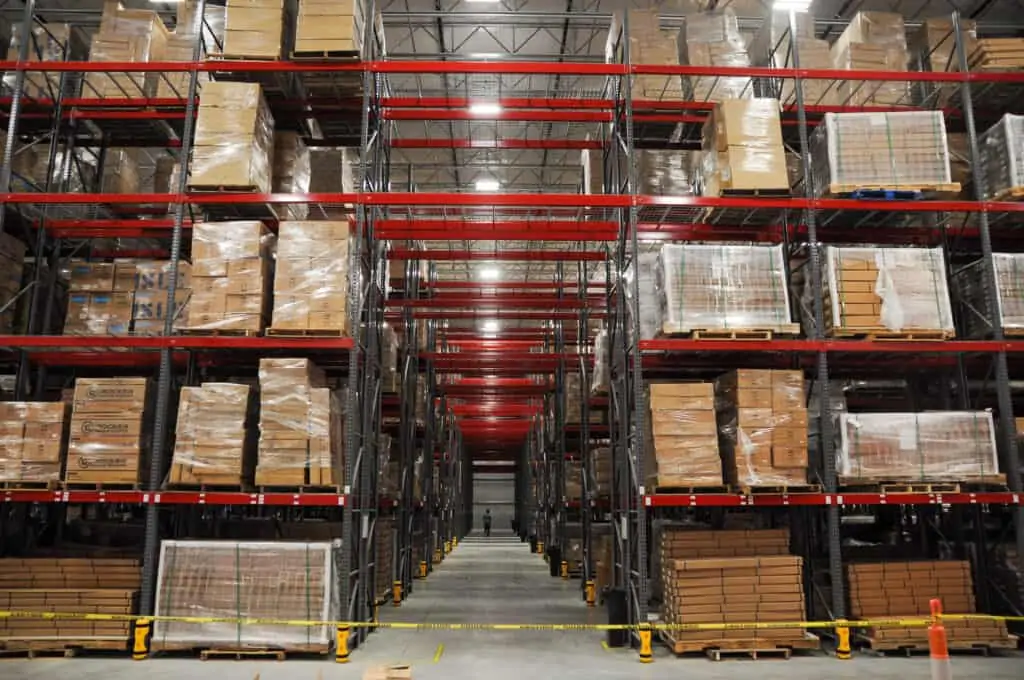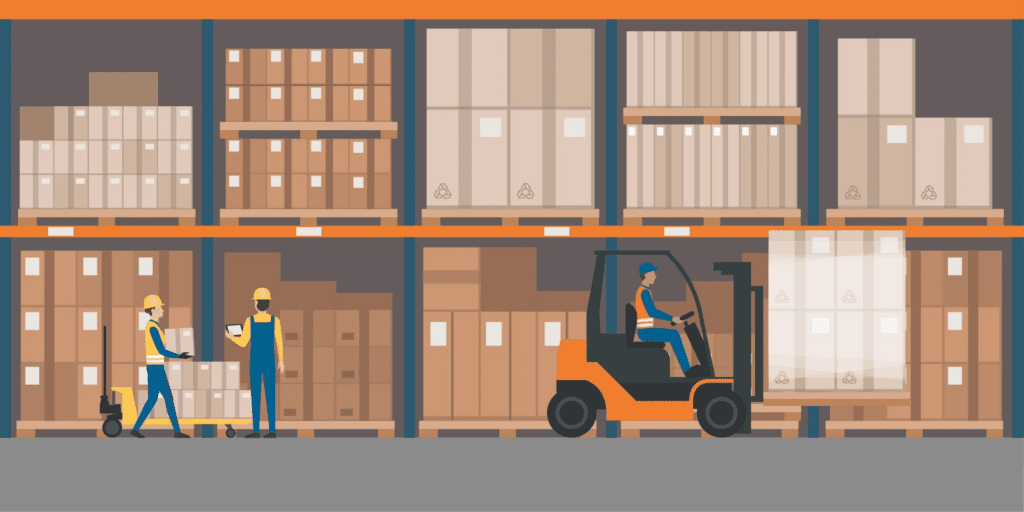
Navigating the complexities of supply chain management involves understanding the distinctive roles played by warehousing and fulfillment centers. In the dynamic landscape of commerce and logistics, the terms “warehousing” and “fulfillment centers” often intersect, yet they represent distinct facets of the order fulfillment process. In this exploration of “What are the differences between warehousing and fulfillment centers?” we delve into the nuanced functions of each and elucidate the pivotal distinctions that businesses must grasp to optimize their logistical strategies.
What is a fulfillment center?

A fulfillment center is a specialized facility or warehouse that is designed to efficiently handle the storage, processing, and shipping of products for businesses engaged in e-commerce or retail. The primary purpose of a fulfillment center is to manage the logistics of order fulfillment, allowing businesses to outsource various aspects of their supply chain and focus on core operations.
What is a fulfillment warehouse?

A fulfillment warehouse, also known as a fulfillment center or distribution center, is a specialized facility designed to efficiently manage the storage, processing, and shipping of products for businesses engaged in e-commerce or retail. The primary focus of a fulfillment warehouse is to streamline the order fulfillment process, ensuring that customer orders are processed accurately and delivered in a timely manner.
Benefits of using a fulfillment center
Cost Efficiency:
- Outsourcing fulfillment to a specialized center can be cost-effective. Businesses can avoid the expenses associated with maintaining their own warehouse, hiring staff, and managing logistics.
Focus on Core Competencies:
- By delegating order fulfillment to a fulfillment center, businesses can concentrate on their core competencies, such as product development, marketing, and customer service. ithout getting bogged down by logistics.
Scalability:
- Fulfillment centers provide businesses with the flexibility to scale their operations easily. As order volumes fluctuate. usinesses can tap into the resources of the fulfillment center to handle varying quantities of inventory and meet changing customer demands.
Reduced Shipping Costs:
- Fulfillment centers often have negotiated rates with shipping carriers due to the volume of shipments they handle. This can result in lower shipping costs for businesses compared to individual shipping arrangements.
Quick and Accurate Order Fulfillment:
- Fulfillment centers are equipped with advanced technology and processes to ensure quick and accurate order processing. This can lead to faster delivery times, improving customer satisfaction and loyalty.
In summary, utilizing a fulfillment center can provide businesses with a range of benefits, including cost savings, operational efficiency, scalability. And improved customer satisfaction. The decision to use a fulfillment center depends on the specific needs and goals of the business.
What are the differences between warehousing and fulfillment centers?

Warehousing and fulfillment centers serve different purposes within the supply chain, and while they share some similarities. There are distinct differences between the two:
Primary Function:
- Warehousing: Warehouses are primarily storage facilities designed to store and manage inventory. Their main function is to hold goods until they are needed for distribution or sale. Warehouses focus on the efficient organization and storage of products.
- Fulfillment Centers: Fulfillment centers, on the other hand, are specialized facilities that handle the entire order fulfillment process. In addition to storing inventory, fulfillment centers manage picking, packing, and shipping of products directly to customers.
Order Fulfillment:
- Warehousing: While warehouses store inventory, they typically do not handle the direct fulfillment of customer orders. Products stored in warehouses are often shippe in bulk to distribution centers or retailers.
- Fulfillment Centers: Fulfillment centers are specifically designe for order fulfillment. They receive customer orders, pick the items from the inventory, pack them, and ship them directly to end customers. Fulfillment centers are optimize for quick and accurate order processing.
Technology Integration:
- Warehousing: Warehouses may use basic inventory management systems to track the storage and movement of products, but the technology focus is primarily on inventory control.
- Fulfillment Centers: Fulfillment centers leverage advanced technology, including Warehouse Management Systems (WMS) and Order Management Systems (OMS), to streamline the entire fulfillment process. This includes real-time order tracking, inventory visibility, and efficient order processing.
Processing Speed:
- Warehousing: Warehouses may prioritize efficient storage and organization of inventory, but their processes may not be optimize for rapid order fulfillment.
- Fulfillment Centers: Fulfillment centers are designed for quick and efficient order processing, aiming to minimize the time between receiving an order and delivering the product to the customer.
Customer Interaction:
- Warehousing: Warehouses generally do not interact directly with end customers. They serve as intermediate storage points in the supply chain.
- Fulfillment Centers: Fulfillment centers directly handle customer orders and may manage aspects of customer service related to order fulfillment, such as tracking and returns.
Cost Structure:
- Warehousing: Warehousing costs are typically associate with storing and managing inventory. The focus is on maintaining the condition and security of stored goods.
- Fulfillment Centers: Fulfillment centers may have additional costs associated with order picking, packing, and shipping. The cost structure reflects the full spectrum of services provided for order fulfillment.
In summary, while both warehousing and fulfillment centers involve the storage of inventory, fulfillment centers go a step further by managing the entire order fulfillment process, from receiving customer orders to shipping products directly to end consumers. The choice between using a warehouse or a fulfillment center depends on the specific needs of a business and its focus on storage versus direct-to-customer order fulfillment.